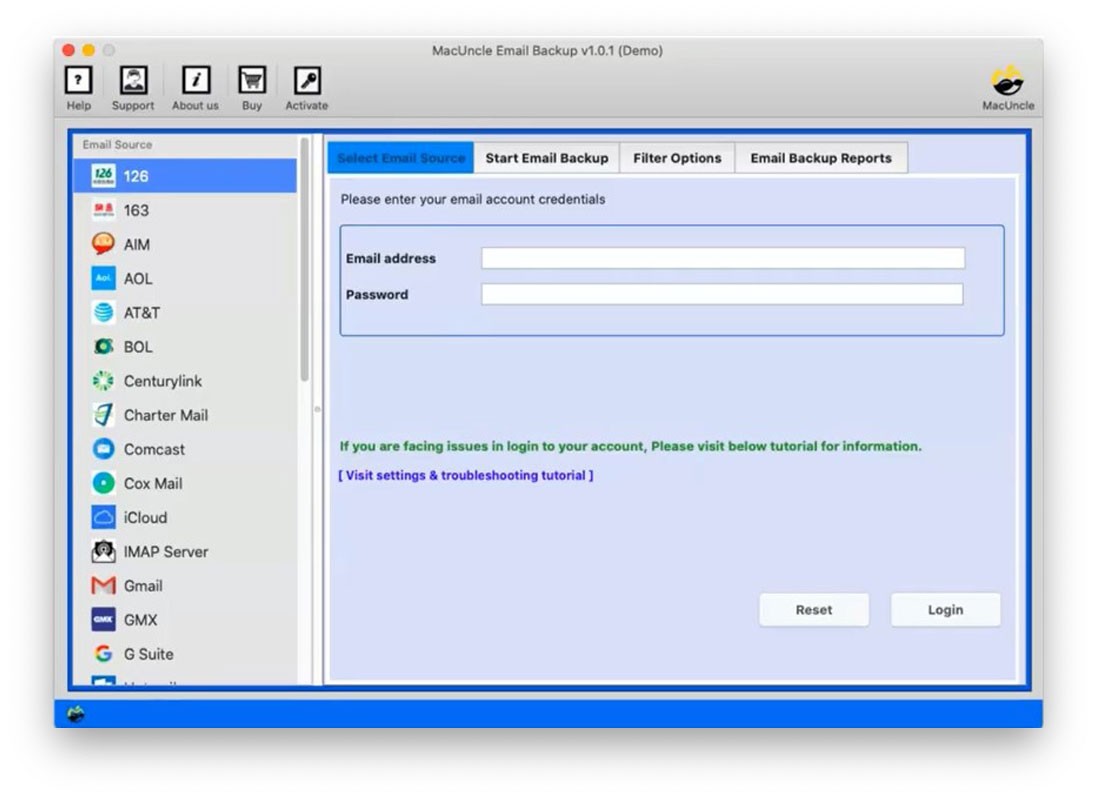

olm file is the data file used by Outlook for Mac to archive your email messages, contacts, calendar items, tasks, and notes. To import an OLM file on a Mac follow these stepsĪ. Now that your files are exported, time to import them. Once your data has been exported, you’ll get a notification and you’ll choose Finish.
In the Save As box, under Favorites, choose the Downloads folder, and click Save. In the Export to Archive File (.olm) box, check the items you want to export, and choose Continue. You can export your email, contacts, calendars, tasks, or notes to the. olm file that you can save to any location on your Mac or on a different machine for safekeeping. The first step in this method is to export the data from Outlook 2016 on the Mac in question.Īn archive file in Outlook 2016 for Mac is a. For the sake of completeness, I will do a quick writeup of the other methods of migration that were recommended by Microsoft directly in the event that this method fails for whatever reason for my readers. I then mounted the drive of the old Mac onto the new Mac via the cable and copied it over manually. Migration assistant choked on this folder twice, leaving me unable to move it via a thunderbolt to thunderbolt connection. This folder needs to be copied from Mac to Mac when migrating data. The new location is not well documented, and I stumbled upon it on an obscure forum post, the location is ~/Library/Group Containers/UBF8T346G9.Office/Outlook/Outlook 15 Profiles/Main Profile In Outlook 2016 for Mac, Microsoft in its infinite wisdom, has changed the default location of the email profile folder. I wanted to share my info in the event that it helps someone out there. Select Import items into the current folder > Finish.I recently had to help a client move from one Mac to another, during the process one task proved more challenging than originally anticipated. Make sure that Include subfolders is checked. Select the folder to import from if you want to import complete data, do not change any settings. Each option determines what Outlook does with identical files in the destination folder. There are three options for importing regarding duplicate files: Replace duplicates with items imported Allow duplicates to be created Do not import duplicates. Choose Browse and select the file that you want to import. Select Import from another program or file > Next. In Outlook, create a new folder where you can copy the archived items. Select Import items into the same folder in: and choose the Outlook folder the items were originally stored in choose Finish.Ĭopying all archived items from a. Make sure that Include subfolders is checked. 
Each option determines what Outlook does with identical files in the destination folder.
There are three options for importing duplicate files: Replace duplicates with items imported Allow duplicates to be created Do not import duplicates. Choose Browse and select the file you wish to import. 
Choose Outlook Data File (.pst) > Next.Select Import from another program or file > Next.
 Choose File > Open & Export > Import/Export. Select the items that you want to move and drag then into their original folders in the Folder List.Ĭopying all archived items from a. Select the folder containing the items that you want to move. pst file will now appear in the folder sidebar. pst file into their original folder or a new one Choose File > Open & Export > Open Outlook Data File. pst file into their original folder or a new one, copy the email back to the original folder, or copy the email to a new folder. There are three ways to restore the data from your archives. How do I restore archived information in Outlook?
Choose File > Open & Export > Import/Export. Select the items that you want to move and drag then into their original folders in the Folder List.Ĭopying all archived items from a. Select the folder containing the items that you want to move. pst file will now appear in the folder sidebar. pst file into their original folder or a new one Choose File > Open & Export > Open Outlook Data File. pst file into their original folder or a new one, copy the email back to the original folder, or copy the email to a new folder. There are three ways to restore the data from your archives. How do I restore archived information in Outlook?








 0 kommentar(er)
0 kommentar(er)
